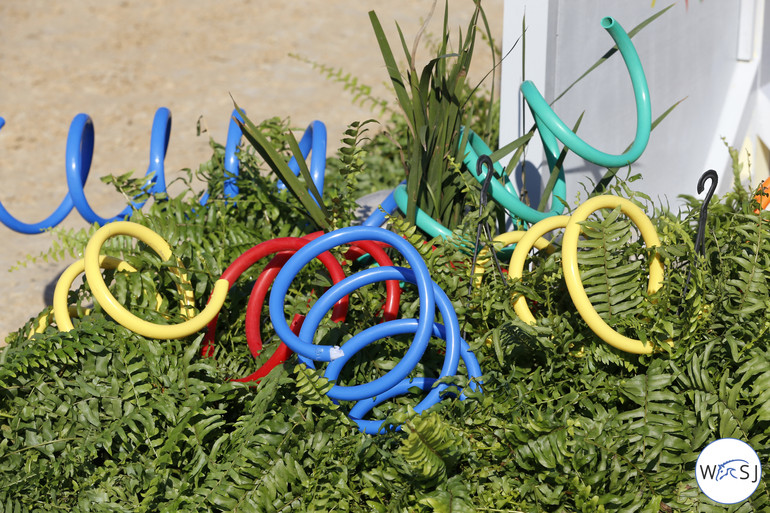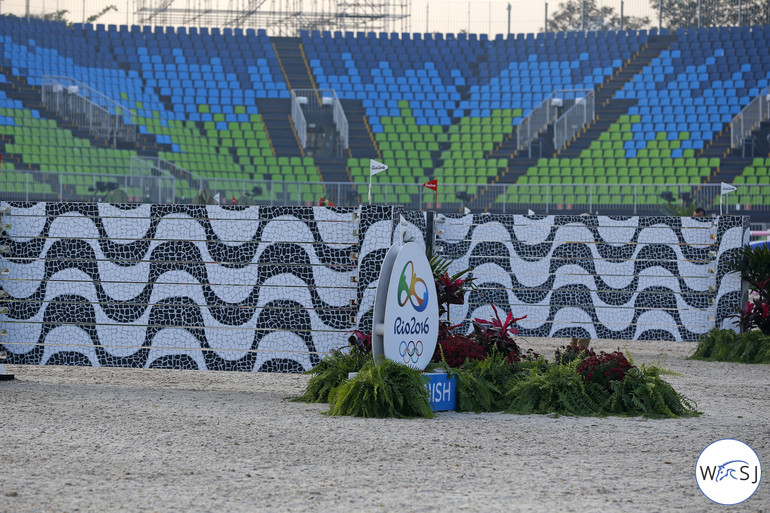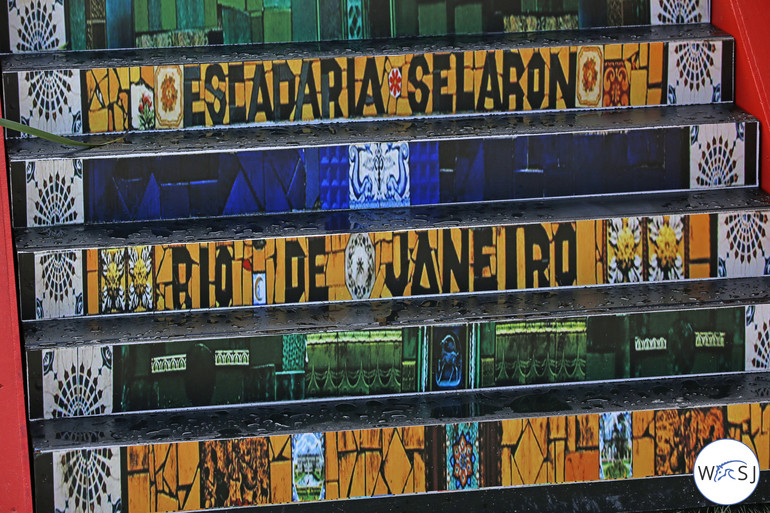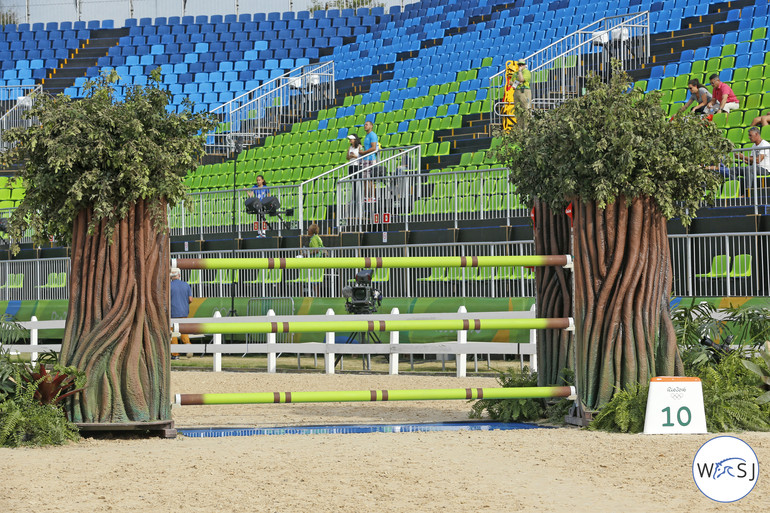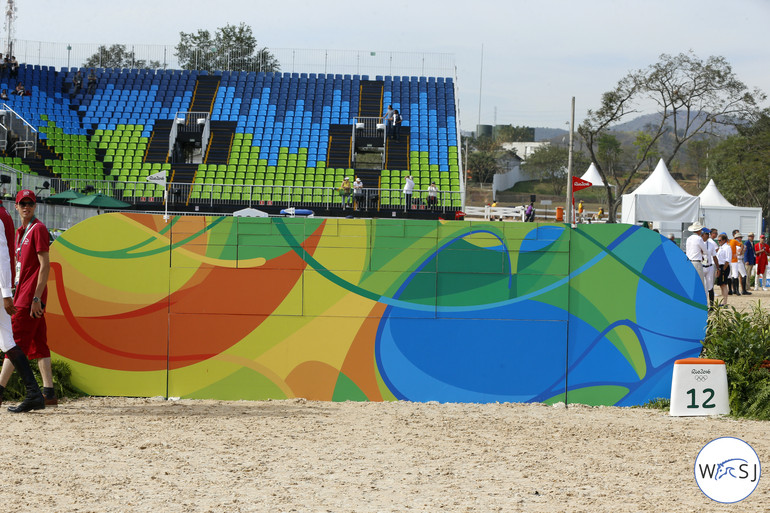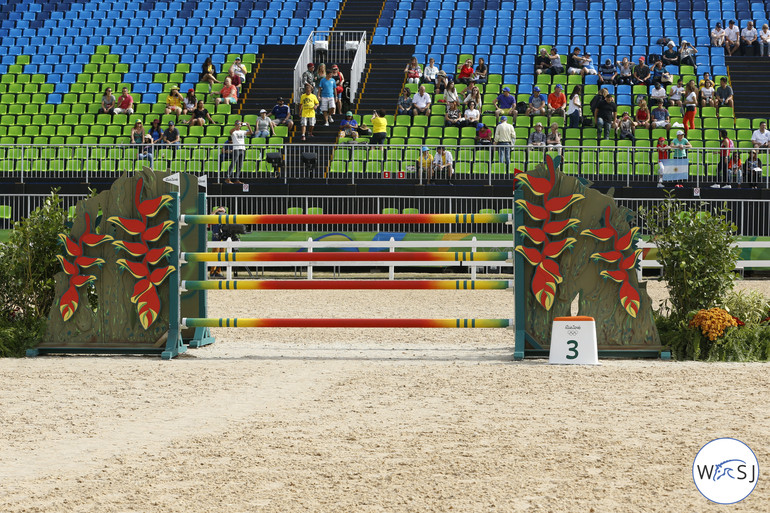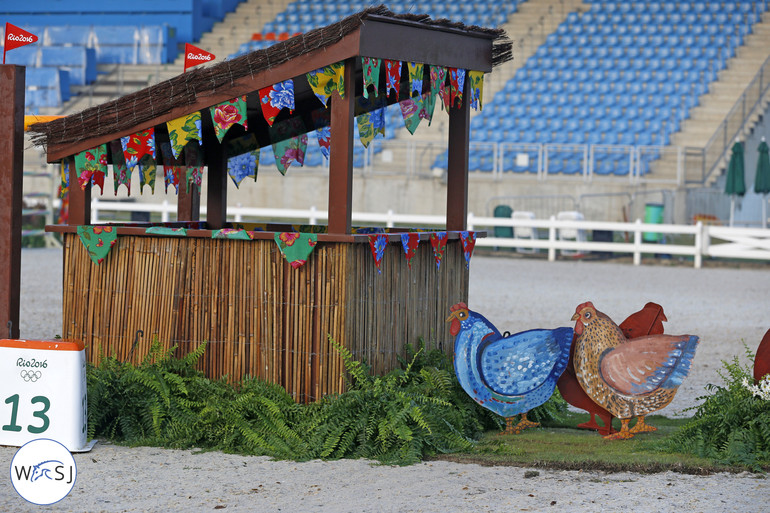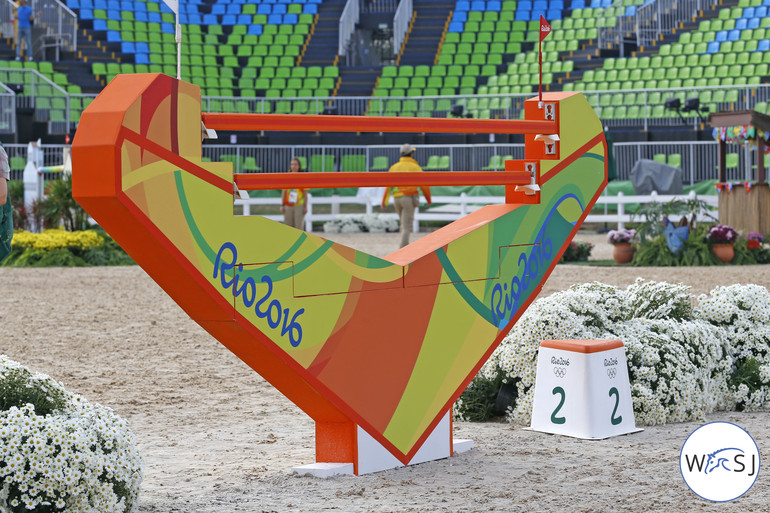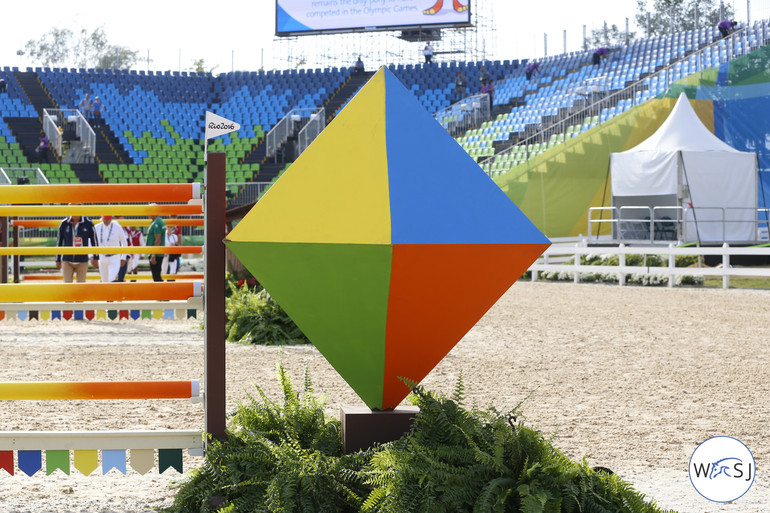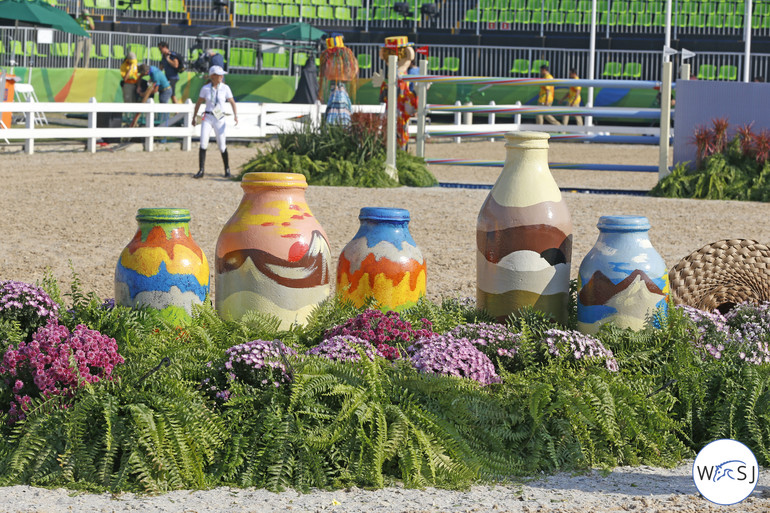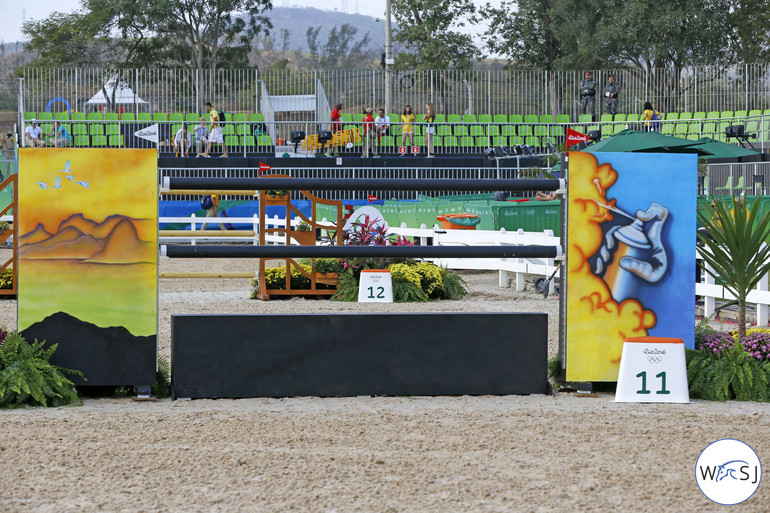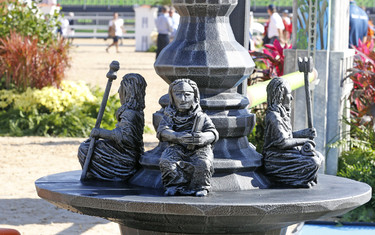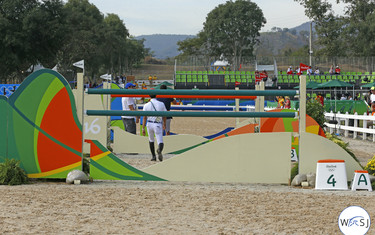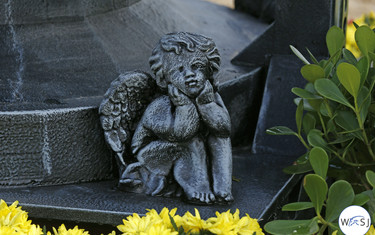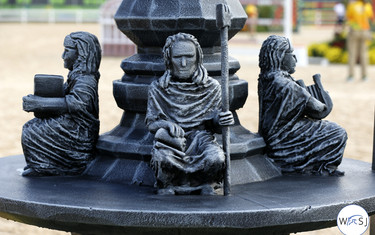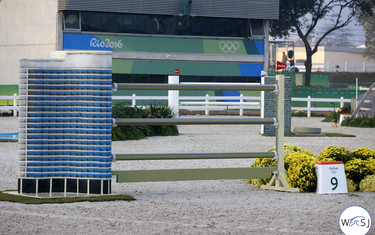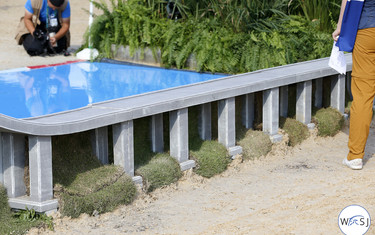The fences in Rio were beautiful, and had some amazing details. Here are some of them together with the description on the background of the fences. All photos (c) Jenny Abrahamsson.
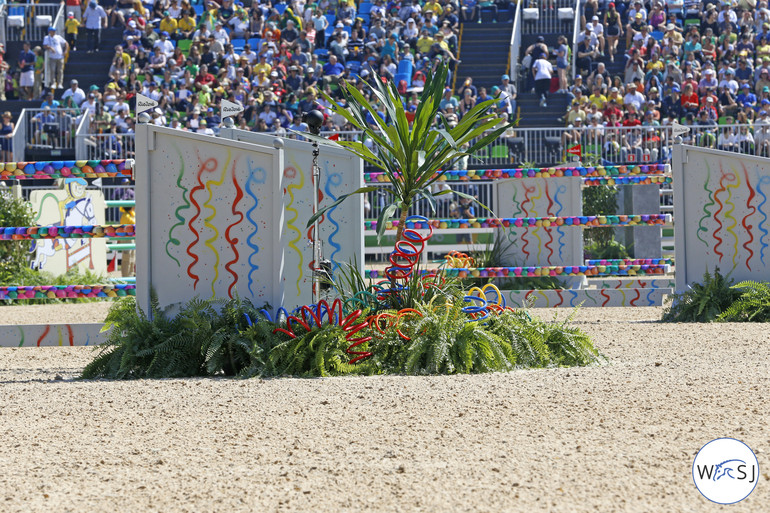
A tribute to the most famous of the Brazilian party events; the Carnival. In this triple combination the “Confete“ and the “Serpentina “ – colorful small pieces and strings of paper that are thrown all over the “folioes” on this very traditional musical and life Brazilian celebration – are illustrated.
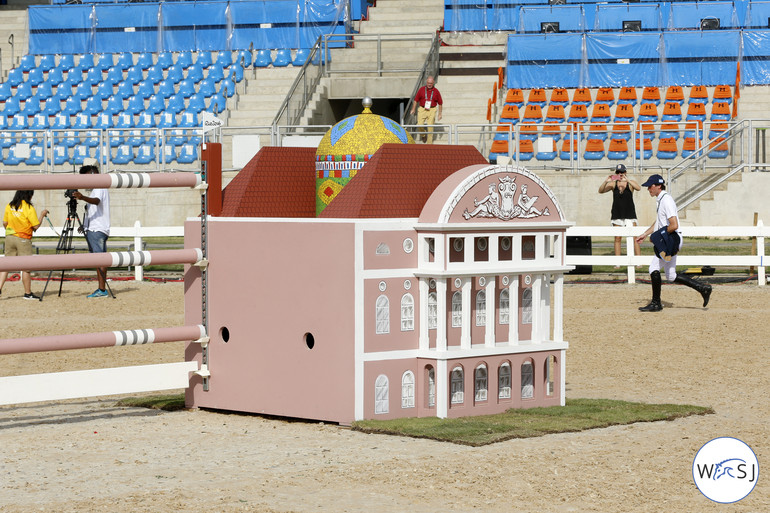
Teatro Municipal de Manaus: Inaugurated in 1896, in typical Renaissance architectural style, the Teatro Municipal de Manaus was built in the capital of the state of Amazonas, north of Brazil, during the boom of the rubber production. The first performance was “La Traviata”, de Ponchielli, in 1897 and nowadays it is the home of the annual Festival Amazonas de Opera.

The Escadaria Selaron is a piece of art from Chilean artist Jorge Selaron. In 1990, Selaron started repairing the stairway close to his house. In the beginning, the neighbours were making fun of his combination of colours but today this is a touristic attraction between Lapa and Santa Teresa, two traditional neighbourhoods of Rio.
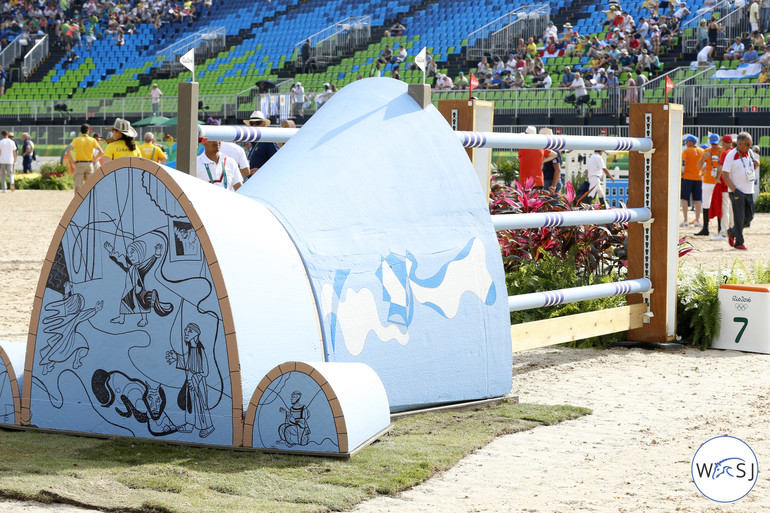
The Sao Francisco de Assis Church, in the Pampulha neighbourhood in Belo Horizonte in the state of Minas Gerais, was opened in 1943. The architectural project is from Oscar Niemeyer and is part of the Architectural Pampulha Complex. The church has some beautiful paintings from Portinari and the gardens have the signature of Burle Marx.
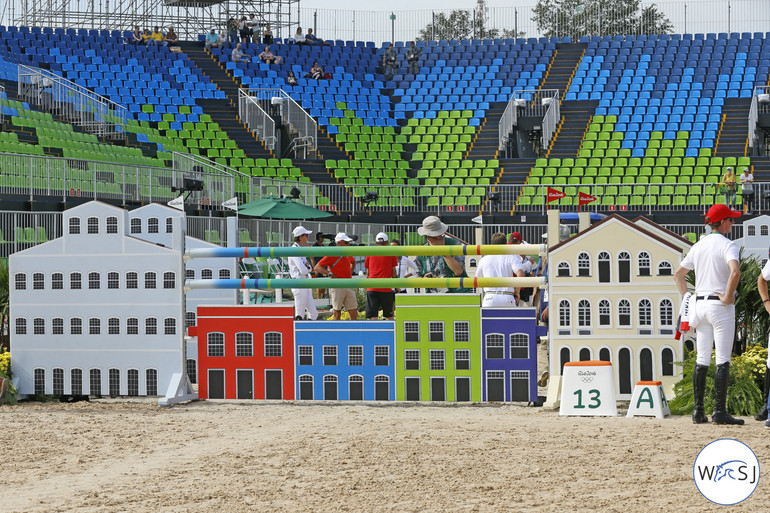
Also located on Salvador, Bahia, Pelourinho is a neighbourhood part of the historical centre of the city. The colonial architectural complex is very well preserved and part of the United Nations Cultural Heritage, and dates from the XVII century. Its colourful houses are shown here in this double combination.
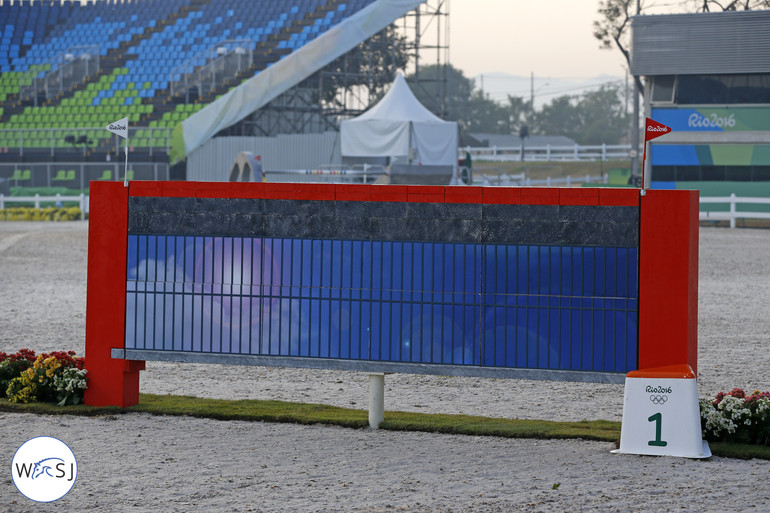
One of the most important cultural institutes of Brazil, the São Paulo Museum of Art (Museu de Arte de Sao Paulo – MASP) is located at Avenida Paulista in Sao Paulo. The building, projected by Lina Bo
Bardi, is very famous for its immense open space that hangs over for concrete pillars, and is considered one of perfect examples of the concretistic architecture. It is one of the most famous postcards of the city of Sao Paulo, Brazil's biggest city.

Apoteose: Built in 1983 from a project of famous Brazilian architect Oscar Niemeyer, is the place for the final part of the world famous Brazilian Carnival, and it is a place where the Samba Schools can have their final act, on an Apotheosis of their parade. It was built on a way that it can also be used as schools, and also has the possibility to host musical concerts.
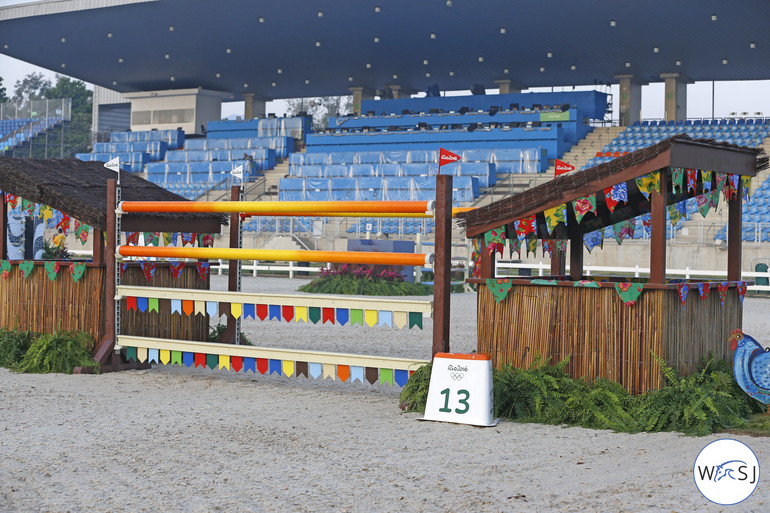
Barraquinha de Festa Junina: One of the most traditional regional parties in Brazilian culture, the Festa Junina occurred during several days of the
month of June, always celebrating the local saints and is represented here by one of the traditional Barraquinhas - the stands where food, drinks and also many types of games are played.
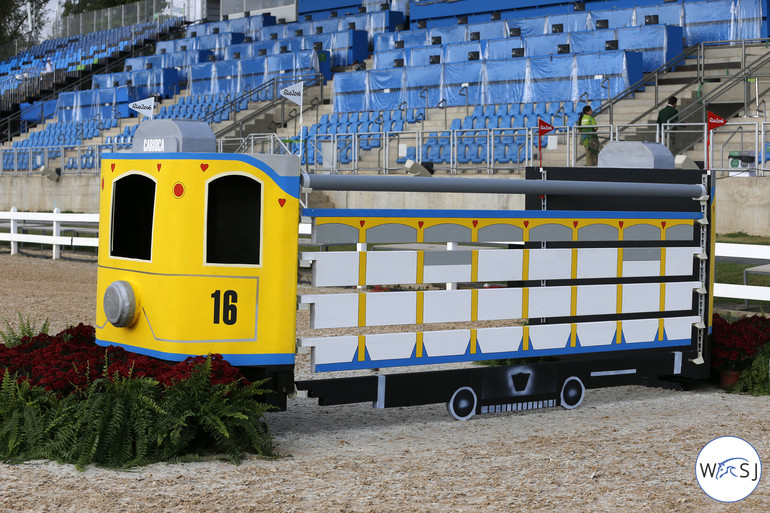
Bondinho de Santa Tereza: Founded in 1749, the Companhia Ferro-Carril de Santa Tereza - also know as Bondinho de Santa Tereza - was back then one of the main transport options in Rio de Janeiro, and operated many routes in the city. From 1968 on only the Santa Tereza line is operating, still providing transportation - but mostly as a part of the touristic agenda in Rio. It goes over de Arcos da Lapa, another post card from the Cidade Maravilhosa.






